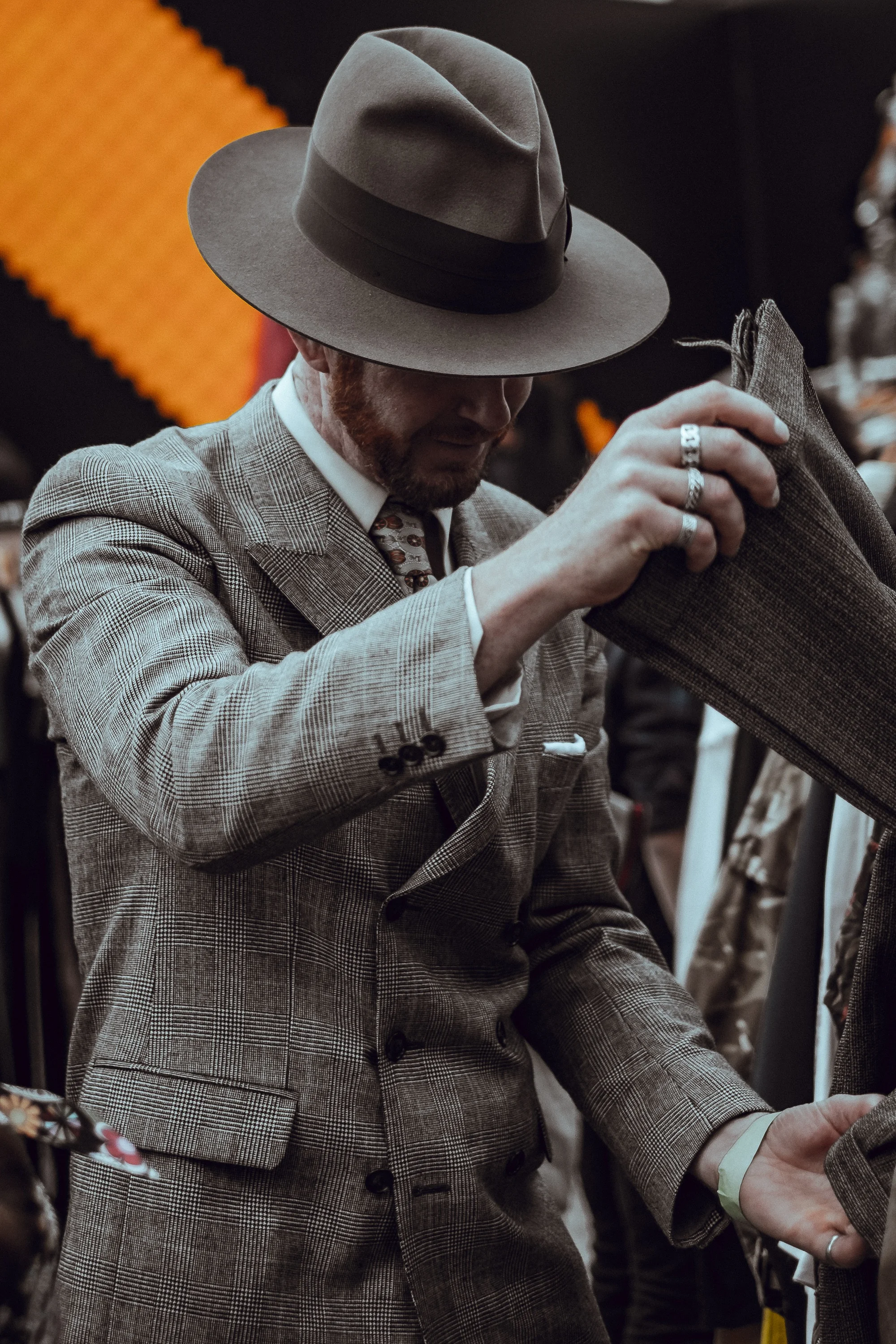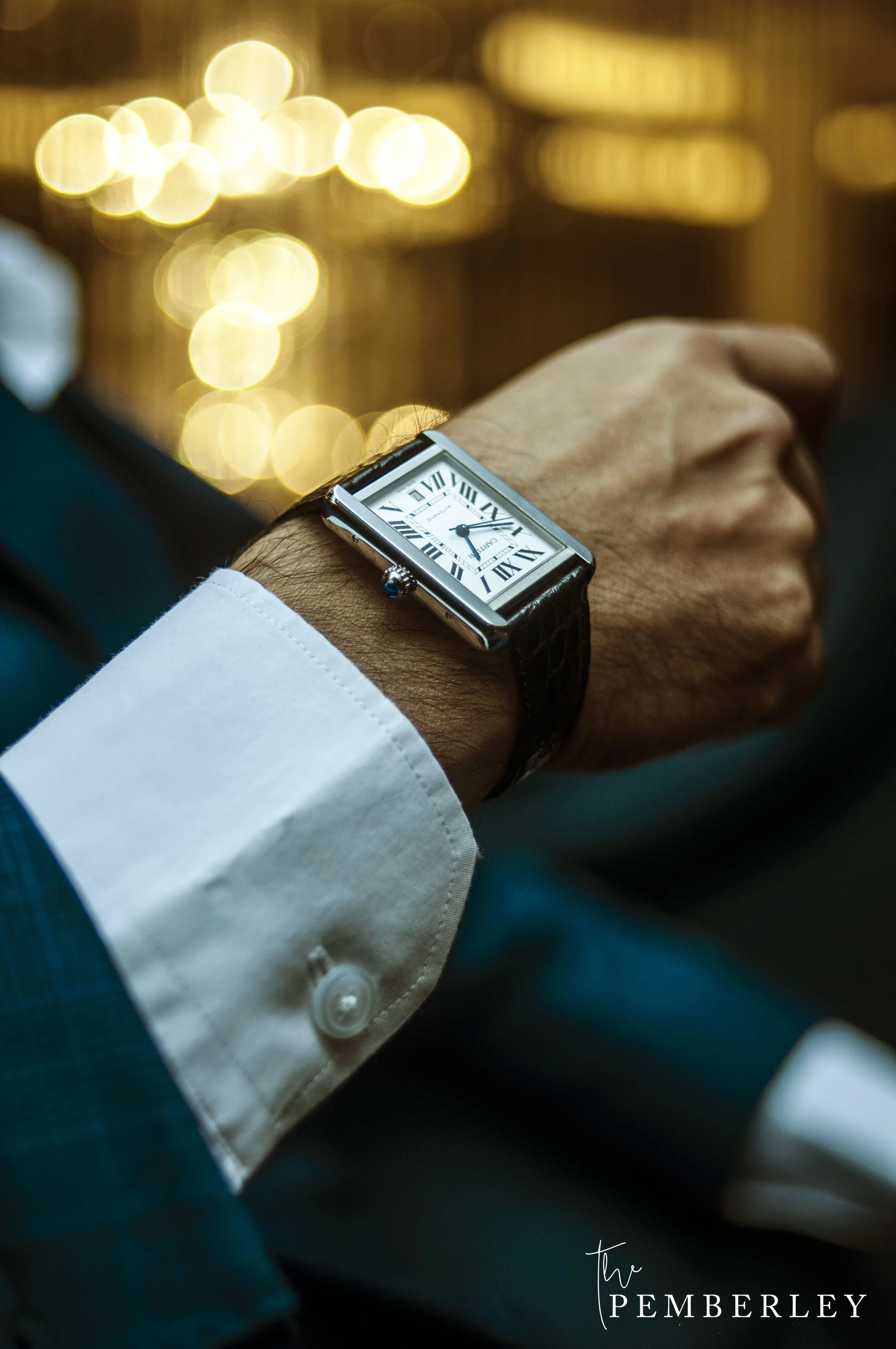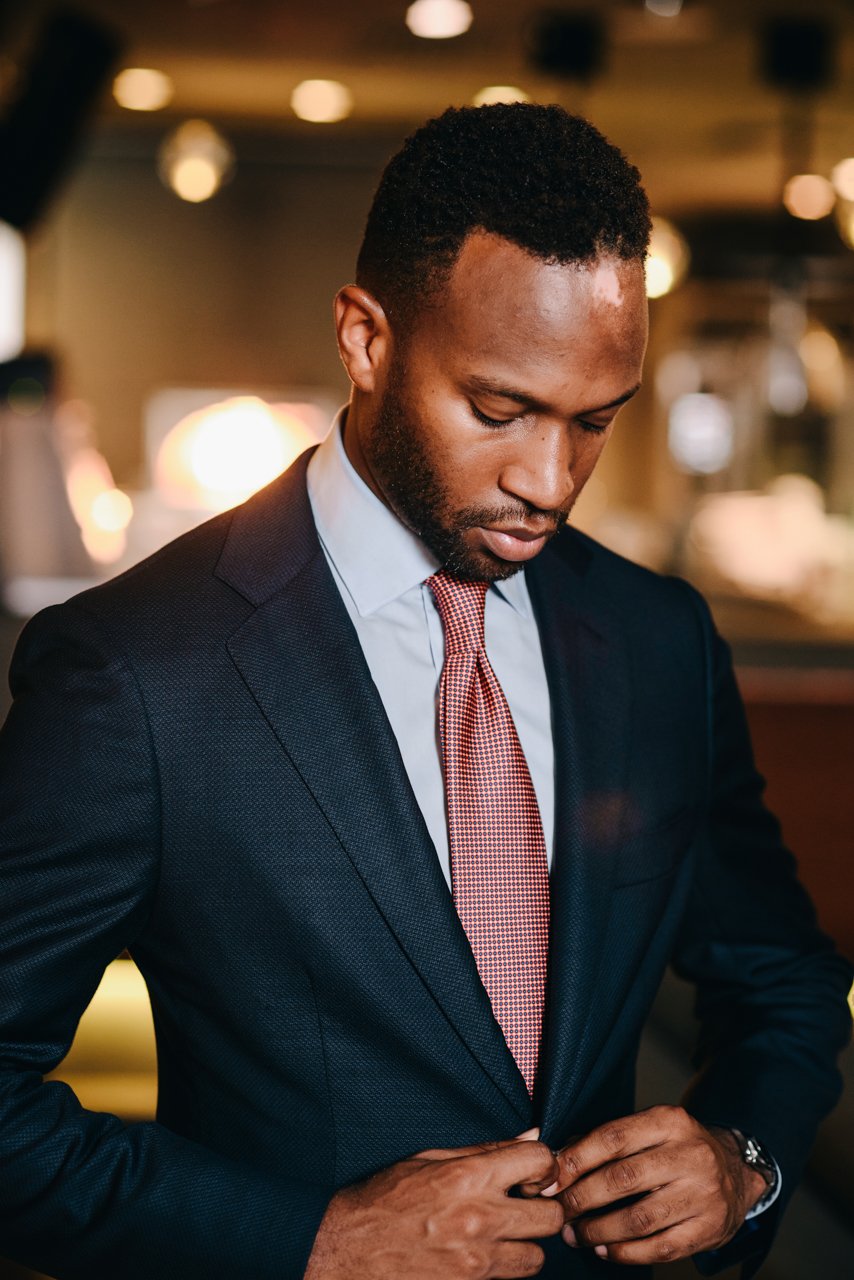A History of the Gentleman
In a world where we are slowly paying more attention to the virtual instead of the actual, the finer details are falling by the wayside. We tend to believe that if we make a good outer impression, then we have been successful. But a true gentleman is about his essence as much as his presence. He represents integrity in both his speech and his garments. The elements are not at war with each other; they work in unison to represent his identity which is harmonious and consistent. He is honorable and chivalrous in all his dealings. His clothing is not simply a cover on his flaws, but rather a display of his attention to detail, and the respect that he has for both himself and others.
The Knight
The word “gentleman” dates back to medieval times. “Gentle” referred to anybody who was a member of the gentry. While he was expected to be a brave warrior, a gentleman also lived by a chivalric code of honor. According to a famous poem of the era, “The Song of Roland,” a gentleman strove to “respect the honor of women,” “refrain from the wanton giving of offense,” “eschew unfairness, meanness and deceit” and “at all times speak the truth.”
The Renaissance Man
A gentleman should never appear to be trying too hard. His brilliance should seem effortless and natural. The Renaissance author Baldassare Castiglione called this essential quality, “sprezzatura.” In “The Book of the Courtier,” a manual for the upwardly mobile Italian aristocrat, he described it as “ a certain nonchalance, so as to conceal all art and make whatever one does or says appear to be without effort and almost without any thought about it.”
The Regency Gentleperson
A gentleman is never ostentatious. But it wasn’t always so. Before Beau Brummell, men dressed in clothes with lots of gold, filigree, braid, and frill. Brummell preferred simple outfits distinguished by their flattering cut, in more sobering colors such as black, grey, navy, and buff. He was a stickler for personal hygiene and insisted on both bathing regularly and having his clothes laundered. While Brummell was not of aristocratic standing, he became the acknowledged arbiter of taste.
The Victorian Gentleman
Words are the clothes you dress your thoughts in. So a gentleman must be as eloquent as he is elegant. And none were more so than Oscar Wilde. “A true gentleman is one who is never unintentionally rude,” and, “I am easily satisfied by the very best” and just two of the scores of Wildean maxims that you should love your life by.
The Edwardian Dandy
The Duke of Windsor was undoubtedly one of the most stylish men to ever wear a Savile Row suit, the Duke of Windsor, contributed little else to society. But his impact on the male wardrobe cannot be ignored. His laidback style was a precursor to the easy elegance of Fred Astaire. Softly tailored suits from Anderson and Shepherd, Fair Isle Knits, cuffed trousers, the double-breasted dinner jacket, brown shoes with blue suits, were quite radical at a time when members of the aristocracy still dressed with military precision and formality.
The Matinee Idol
Fred Astaire was neither tall, dark, nor handsome but he won the hearts of every woman from Los Angeles to Berlin. He was charming, stylish, and talented. As a dancer, singer, and actor, no one embodied the new, democratic ideal of the gentleman in quite such a charming manner as Fred Astaire. While his clothes were English, he wore them with grace, fluidity, and ease that were all American. Astaire proved that style, charm, and talent were the keys to being a gentleman. It became a club anyone could join if you were willing to put in the effort.
The Jazz Man
How did the great Jazzmen of 50’s and 60’s America respond to the racism and hatred directed towards them? With elegance and style. While the discordant melodies and unpredictable, off balance rhythm of Miles Davis’ music, was revolutionary, his nonchalant persona ad classic Ivy League style was calm and unruffled.
The I-Gent
I heard the word for the first time, the other day. Personally, I don’t like it. I think the day President John F. Kennedy took office and decided to leave home without a hat was the day America started going down hill. It showed too much familiarity, in a position that should hold respect. Today's fads include men in sneakers on a day to day basis and ripped shirts. The shirts have holes in them purposely. They sell them at Zara. Where has the idea of grace and elegance gone to? Is there a way we can convey the idea of self-respect back to the general public? Are men in suits being relegated to endangered species status? I hope not.
















